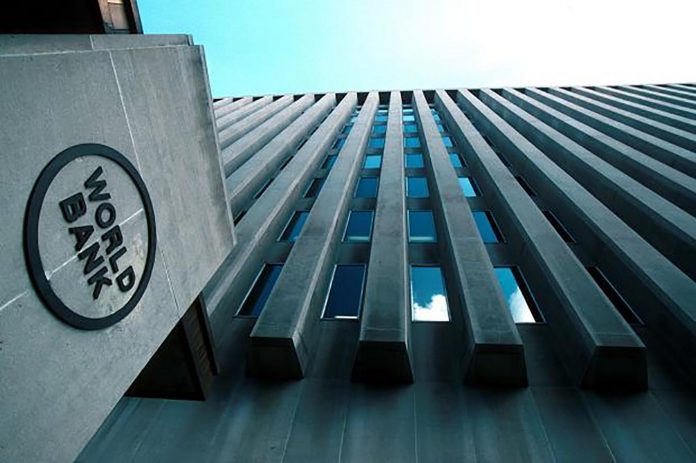South Asia faces its worst economic performance in 40 years because of the coronavirus, the World Bank has said.
The effects will unravel decades of progress in the region’s battle against poverty.
Economies such as India, Bangladesh, Sri Lanka, and Pakistan have reported relatively few virus cases but experts fear they could be the next hotspots.
The South Asia region is home to 1.8bn people and some of the world’s most densely populated cities.
“South Asia finds itself in a perfect storm of adverse effects. Tourism has dried up, supply chains have been disrupted, demand for garments has collapsed and consumer and investor sentiments have deteriorated,” said the World Bank report.
It has slashed its growth forecast for the region this year to 1.8% to 2.8% from its original projection of 6.3% made before the virus outbreak. At least half the countries in this region could fall into “deep recession”.
The worst hit economy will be the Maldives, a nation of small islands in the Arabian Sea where the collapse of high-end tourism could see its economic output shrink by as much as 13%, warned the World Bank.
India, the biggest economy in South Asia, could see growth of just 1.5% in its financial year, down from a figure of around 5%, the World Bank predicted.
It has advised governments to “ramp up action to curb the health emergency, protect their people, especially the poorest and most vulnerable, and set the stage now for fast economic recovery”.
The World Bank also recommended temporary work programmes for migrant workers, debt relief for businesses and individuals while cutting red tape on essential imports and exports.
Last week the Washington DC-based lender said it would deploy up to $160bn (£128bn) in financial support over the next 15 months to help vulnerable countries deal with the pandemic and bolster their economic recovery.




